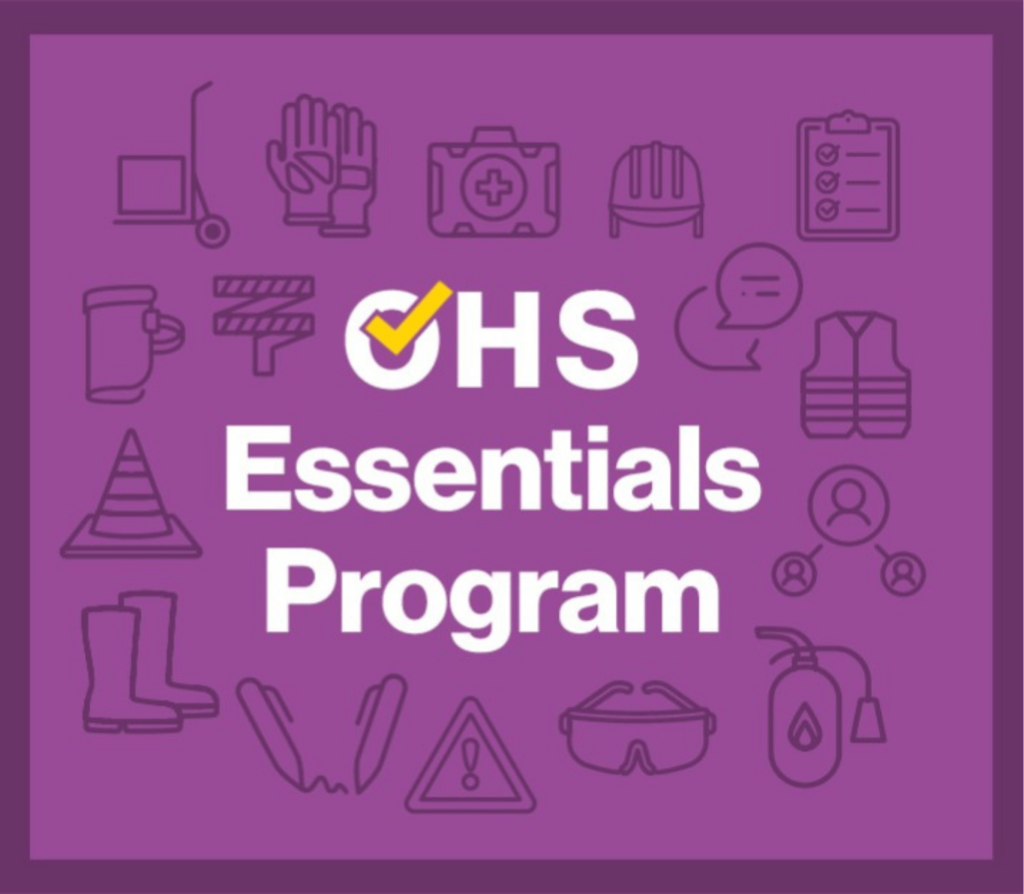ASQA has released its latest Corporate Plan. What messages does it have?
This plan outlines ASQA’s purpose and sets a refreshed direction for how they will collaborate to build their own and the VET sector’s capability over the next four years “to ensure quality vocational education and training so students, industry, governments and the community have confidence in the integrity of national qualifications issued by training providers.”
ASQA has a number of strategic objectives, including that their regulatory approach:
- promotes a culture of self-assurance and continuous improvement
- is best practice, integrated, risk-based and proportionate, and
- is transparent and accountable.
In addition, that ASQA:
- Engages, collaborates and partners with stakeholders to improve regulatory outcomes, and finally that
- Their people and operations are supported and capable to deliver this corporate plan and continuously improve.
The plan includes details of each objective’s key activities, KPIs and associated performance measures.
And, as ASQA’s CEO Saxon Rice notes:
“Effective regulation relies on stakeholders having confidence in the regulator. Our commitment to continuous improvement through the implementation of a new Service Charter, including improved service standards, as well as ongoing implementation of an agency-wide approach to enhance our data and intelligence capability, will inform and prioritise our regulatory activities and resources. The refinement of our Regulatory Risk Framework and Regulatory Operating Model will also ensure proportionate and targeted regulation, as well as improvements to reporting outcomes and insights shared with the sector.”
According to this plan they are “committed to collaborating and engaging with a diverse range of stakeholders to enhance the reputation of the VET sector and support and protect students.”
They will do this by:
- Working closely with DEWR and Department of Education as partners with responsibility for the VET sector and international education
- Fostering strong working relationships with other key VET stakeholders that support their functions
- Collaborating with other regulatory and enforcement agencies
- Establishing partnerships and strategic engagements that improve regulatory outcomes
- Ensuring that there are feedback loops that inform broader VET sector reforms and improve regulatory policy and outcomes
- Continuing to build a common understanding of their role and regulatory approach – and partnering with other entities to address risks, enhance quality outcomes and reduce regulatory burden for providers, and finally
- Making effective use of established partnerships.








